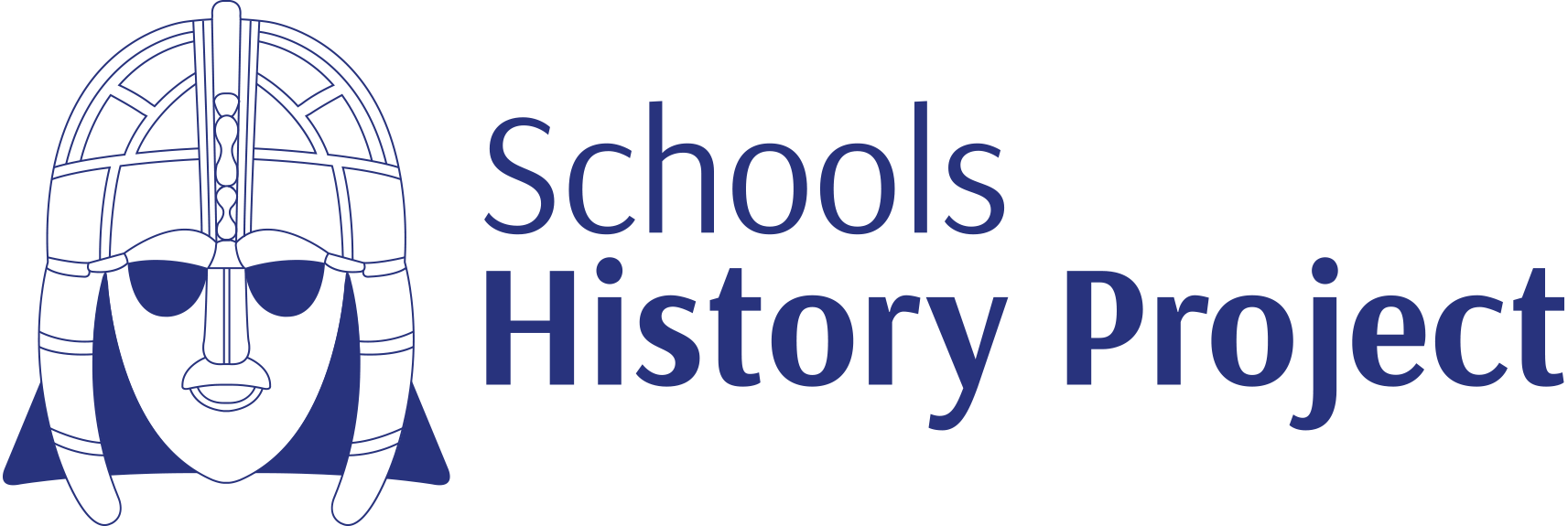Matt Bryant, Head of Humanities at Abbeyfield School in Chippenham, shares his strategies for assisting students in accessing the sometimes tricky language presented in written sources.
Getting students to critically assess evidence can be a challenge at the best of times but all History teachers know how important this is. By understanding and questioning source material the student becomes the historian. Yet too many students fail to even access source material due to literacy issues. Part of my aim for the year was to find ways of helping to overcome this. So here are 8 easy things I tried…
- Dictionaries: Hands up how many of you have a set of class dictionaries and how regularly you use them? I didn’t. I got these and made students find definitions of key words in sources before they read them.
- When I was short of a starter I would cut and paste a source into a wordle and get students to share the meaning of the words they did and didn’t know. It was surprising which words they didn’t know. This also proved a great plenary for students devising their own wordles based on the source meaning.
- I used word games like countdown and scrabble as starters and plenaries to help students understand key terms (obviously fixing the letters for key words in a source).
- Highlighters. I got a class set and asked students to underline words they didn’t understand before they studied a piece of text. I used this as a ‘get out of jail card’ if they didn’t know something. I also got them to highlight opinionated words.
- I simplified the scaffolds I used as many were becoming over complicated. Too many layers of inference simply confuses students.
- Class displays. I littered my room with key words, connectives and vocab. I started a graffiti wall where students write a key term from a source. I also have a word of the day (basically a mini white board stuck on the wall) where students get prizes for the fanciest word. My last word of the day was ‘defenestration’ from a Yr9 boy (wasn’t sure whether to smile or put in a welfare support form!)
- Censor sources. I got students to ‘censor’ out any fancy words they didn’t understand in a source and see if they could still understand the meaning. This has helped to develop greater resilience amongst students and a helpful ‘can do’ attitude.
- Re-write a source: this proved too difficult for a lot of students but I got them to rewrite a source for a younger student or to change the tone or context of the source.
So did these work? Well yes and no. There are always those students who will struggle accessing the material no matter what support you give them. However the continual and regular use of these activities is helping to build resilience in our students. They are less scared to admit to not knowing the simplest of terms and will ask for dictionaries when they are stuck.
So where next? Well this has reminded me that I must not take students’ understanding for granted. Often the brightest students couldn’t define words I had assumed they knew. This has helped to improve my practice at GCSE and even A-Level where misunderstanding, or difficulty accessing, source material can have a such a large impact.
